Cedar Shake Roof Construction Benefits
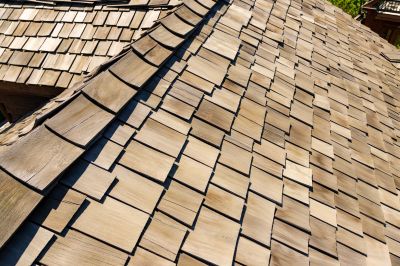
Spring offers moderate temperatures and lower humidity, ideal for cedar shake roof construction.
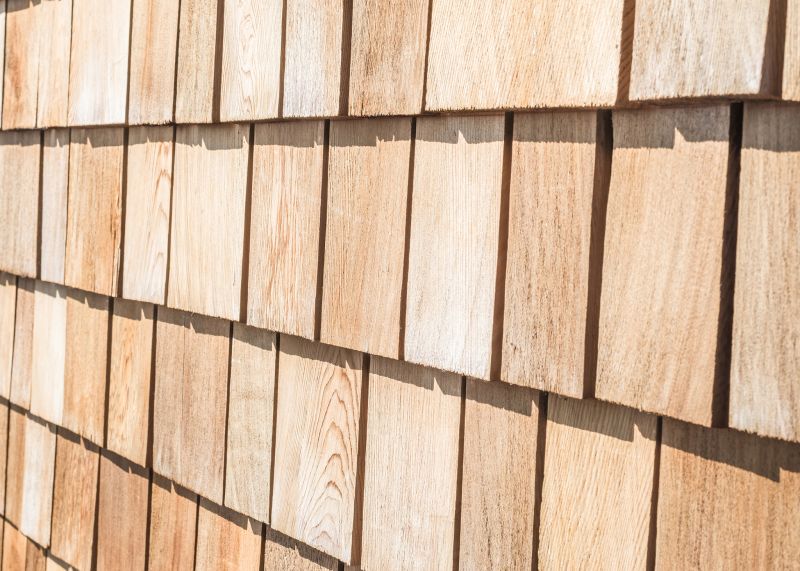
Summer provides longer daylight hours, but high temperatures and humidity can affect installation quality.
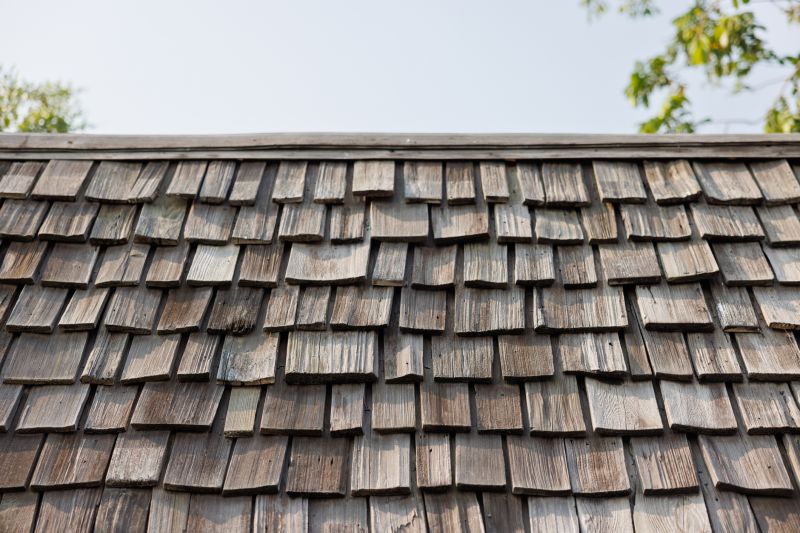
Fall provides cooler weather and less rain, making it suitable for cedar shake roof projects.
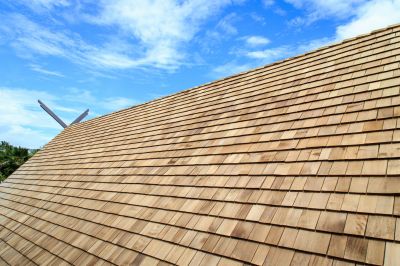
Ways to make Cedar Shake Roof Constructions work in tight or awkward layouts.
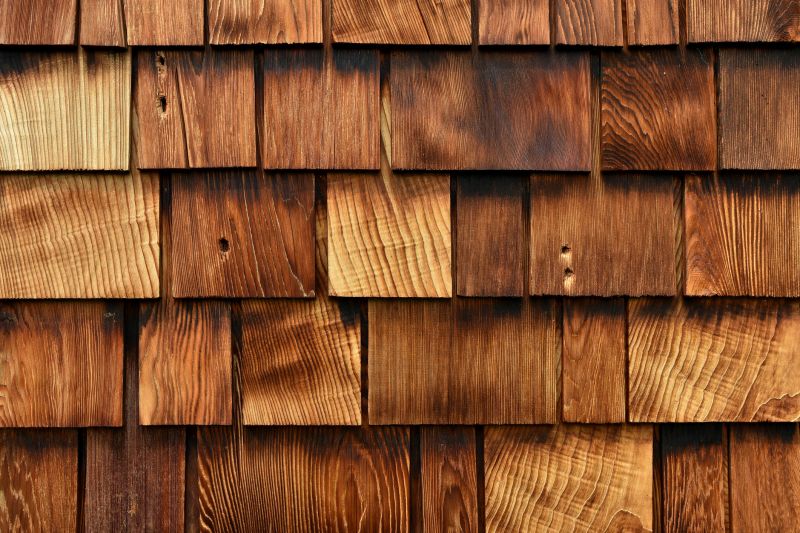
Popular materials for Cedar Shake Roof Constructions and why they hold up over time.
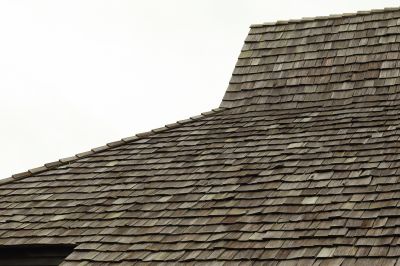
Simple add-ons that improve Cedar Shake Roof Constructions without blowing the budget.
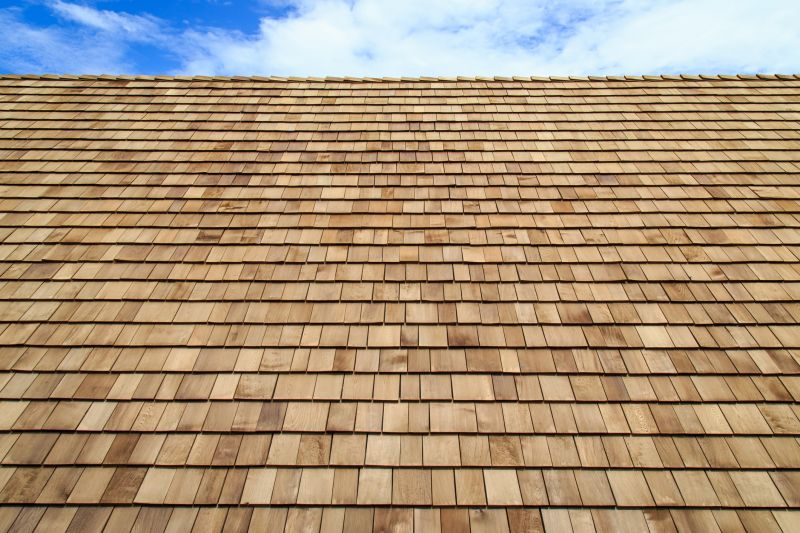
High-end options that actually feel worth it for Cedar Shake Roof Constructions.

Finishes and colors that play nicely with Cedar Shake Roof Constructions.
Cedar shake roof constructions are a traditional roofing option known for their durability and aesthetic appeal. They are made from high-quality cedar wood, which offers natural resistance to decay and insects. Proper installation and maintenance can extend their lifespan to 30 years or more. These roofs are valued for their insulation properties and distinctive appearance, adding character to residential and commercial buildings.
Statistics indicate that cedar shake roofs account for approximately 10% of residential roofing in regions where they are popular. They perform well in moderate climates, but require careful timing during installation to avoid issues related to moisture and temperature fluctuations. Optimal installation periods typically avoid extreme cold or heat, ensuring the wood can expand and contract without damage.
Cedar shake roofs are best installed during dry, moderate weather to prevent moisture-related issues.
Rain, snow, or extreme heat can delay installation or compromise the integrity of cedar shakes.
Scheduling during favorable weather ensures proper adhesion and fastening of cedar shakes.
Regular inspections and maintenance are recommended during dry seasons for longevity.

Little measurements that prevent headaches on Cedar Shake Roof Constructions day.
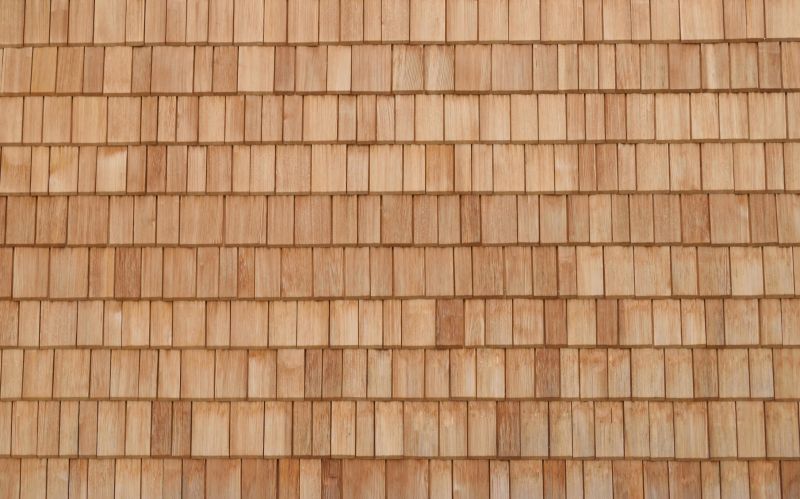
A 60-second routine that keeps Cedar Shake Roof Constructions looking new.
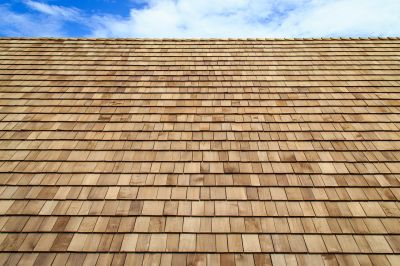
A frequent mistake in Cedar Shake Roof Constructions and how to dodge it.

Small tweaks to make Cedar Shake Roof Constructions safer and easier to use.

Lower-waste or water-saving choices for Cedar Shake Roof Constructions.
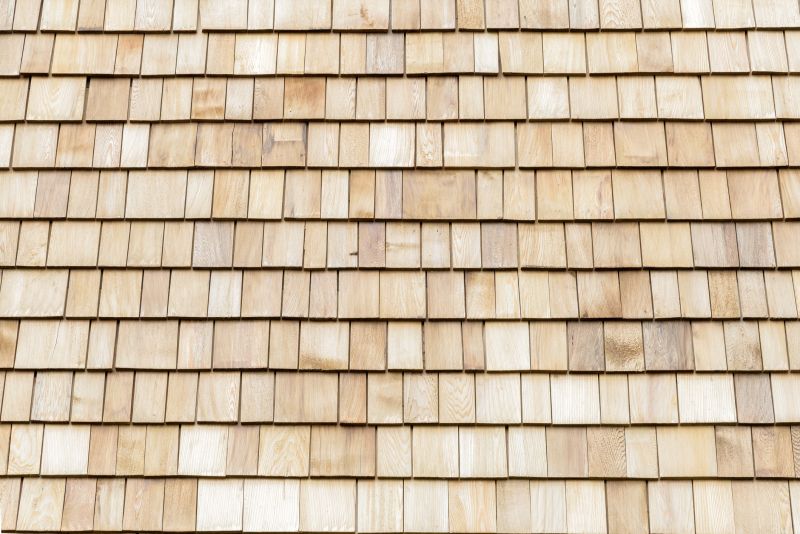
The short, realistic tool list for quality Cedar Shake Roof Constructions.
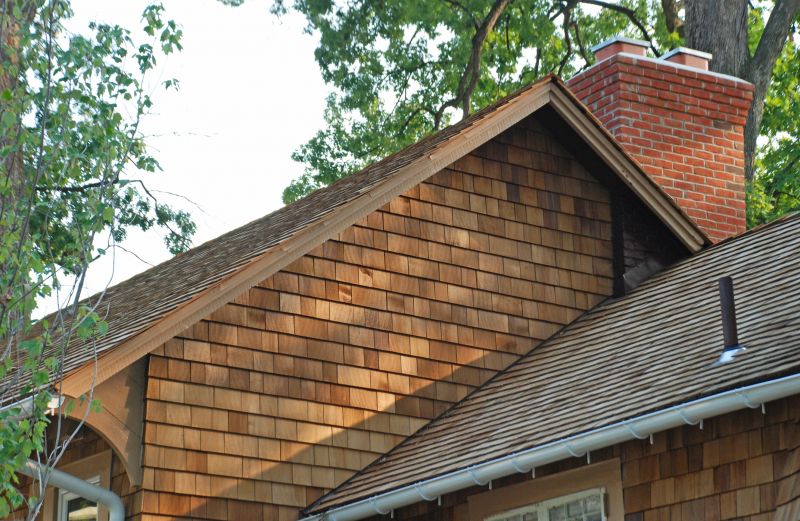
Rough timing from prep to clean-up for Cedar Shake Roof Constructions.

Quick checks and paperwork to keep after Cedar Shake Roof Constructions.
| Season | Advantages |
|---|---|
| Spring | Moderate temperatures and low humidity support proper installation. |
| Summer | Longer days allow for extended work hours, but high heat can pose challenges. |
| Fall | Cooler weather and less rain create optimal conditions. |
| Winter | Cold temperatures and snow can delay or complicate installation. |
Choosing the right time for cedar shake roof construction depends on regional climate patterns and specific project requirements. Generally, spring and fall are considered the most suitable seasons due to favorable weather conditions. Proper timing ensures the longevity and performance of cedar shake roofs, reducing the risk of moisture issues and installation delays.
Interested parties are encouraged to contact for further details on scheduling cedar shake roof constructions. Proper timing and preparation can significantly impact the durability and appearance of the roof, making professional guidance valuable for optimal results.
